Inspiration on the Farm
NC AgrAbility is giving disabled farmers hope
By Margaret Buranen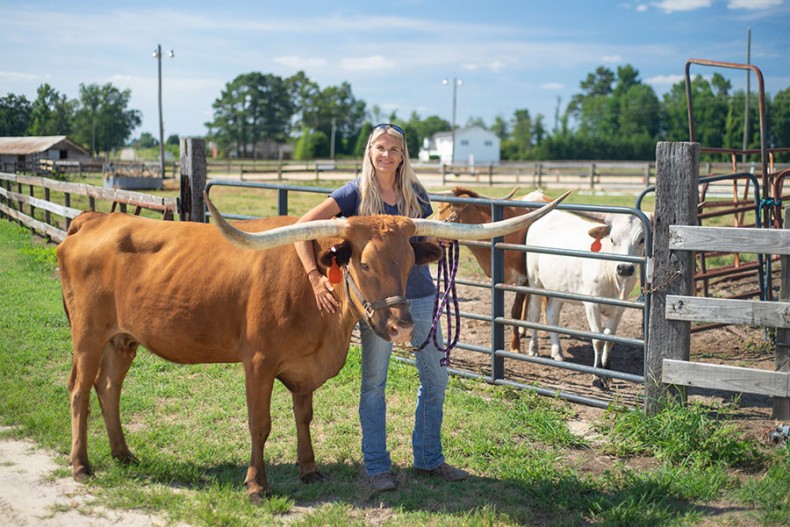
Born with optic nerve atrophy, Kristi Grove is legally blind. Disabled farmers like her can continue their livelihoods due to hard work and the support of organizations like NC AgrAbility. Photo by Randy Berger.
When a farmer can no longer farm because of an accident or a chronic disease, they lose both a livelihood and a way of life. They may have to sell a farm that has been in the family for generations.
But if that disabled farmer can get help — information about resources, support and modified farming equipment — they can keep doing the work they do best. Kyle Cashwell is one North Carolina farmer who found himself in that situation.
October 20, 2014, started out as a typical day for Cashwell. At 6 a.m., the Sampson County paramedic finished his 24-hour shift and headed home.
Cashwell helped his wife, Kristy, get their three children — daughter Larson and sons Gabe and Lathen — off to school. Then he started his second job: farming.
“We grow soybeans and corn that we bag and sell in bulk to deer hunters,” Cashwell says.
That morning Cashwell did some sawing and then started running the corn picker. By lunch time he had a trailer load of corn picked. The man helping him drove off to get their lunch.
When Cashwell’s tractor bogged down in a wet spot, he jumped down to investigate. He turned off the picker and the power take-off was not in gear, but when he grabbed some vines he saw jammed in the picker, the PTO went into gear and pulled his hand into a roller.
Struggling to pull his hand free, Cashwell fell backwards into the driveshaft, sending his right foot into an outside roller. In less than 15 seconds his life changed dramatically. Alone and in excruciating pain, he expected to die. Then his cell phone vibrated. That call from his father-in-law set in motion the help he desperately needed to survive.
Duke University Hospital dispatched its Life Flight helicopter. As the helicopter lifted off, Cashwell’s fellow EMTs and other friends gathered in a prayer circle.
Cashwell spent 70 days at Duke, including his 34th birthday, and 14 more at a rehabilitation facility. He battled pain, depression, and a rare life-threatening fungal infection passed on from the soil. He lost both an arm and a leg.
“It was hard. I had to learn how to walk again,” he recalls. “It would have been easier to stay in a wheelchair, but I’ve got three kids. I want them to be proud of their dad.”
More than anything, he wanted to return home. Therapists agreed that if he could get to the point where he could transfer from a wheelchair to a car, with help, he could go home. That was all the incentive he needed.
“If the therapist said, ‘Do five reps,’ I’d do 10. If she said, ‘Do 15, I’d do 20 or more,” says Cashwell.
A network of support
Getting Cashwell back to being able to farm, with help from his family, took effort by many different people and agencies. One agency involved is North Carolina AgrAbility.
About 20 states have the AgrAbility program, which helps farmers disabled by accidents or chronic illnesses. It has helped about 70 disabled North Carolina farmers since coming to the state in 2011.
These farmers learned about NC AgrAbility from its Facebook page, website (NCagrability.org) or county extension agents. Or perhaps they met Director S. Janine Parker or Project Manager Betty Rodriguez at an agricultural event.
Funded by the U.S. Department of Agriculture, the AgrAbility program is facilitated by partnered land grant universities and nonprofit organizations. Parker and Rodriguez work at NC A&T University. Nonprofit partners include NC AgroMedicine Institute at East Carolina University, the NC Assistive Technology Program and DisAbility Partners. Collaborators are NC Cooperative Extension and NC State University.
AgrAbility does not disperse any funds. Instead, the agency acts as a resource center and helps farmers apply for assistance from appropriate sources.
“We are the hub to help them get information and services,” Parker explains.
“Each case is a totally different story,” Rodriguez says. “Some farmers set up an appointment for us to visit their farms. Others just want information. Most farmers are very creative and have their own shops. They may be trying to build something [or modify existing equipment] and want ideas from other states.”
Cashwell admits that making this video re-enactment of his accident was difficult, “[but] I figured that if anybody could learn from what happened to me, it was well worth it.” Video courtesy of Duke Health.
Where the longhorn cattle feed
Kristi Grove is another NC AgrAbility client. Despite being legally blind, Grove works with her husband, Dan, in their cattle business. They live with their daughter, Leah, in Bailey.
“We raise registered Texas Longhorn cattle,” Grove says. “We sell breeding stock and roping stock — steers for rodeos. We also sell beef. It’s 98 percent lean, so it’s really healthy.”
Why Longhorns? “They’re known for giving birth easily. They’re very hardy animals, both heat-tolerant and cold-tolerant, and disease-resistant,” Grove explains. “And their horns keep predators like coyotes away.”
Longhorns have different coat colors. As for their famous horns, “No two of them are alike,” Grove says.
Grove was born with optic nerve atrophy. As a child she spent summers at the NC School for the Blind.
“It was harder when I was little,” she explains. “Now iPhones have magnifiers. You can get readers that make things large.” When Grove approaches a pasture to check on the cattle, for example, “I pull out my iPhone and put the magnifier on it to see to unlock the gate.”
Grove can do more work with the cattle since she is able to drive. She wears glasses with binocular lenses.
“I can’t drive on the interstate or at night,” Grove says. “I’m restricted to 45 miles per hour maximum speed and to a 15-mile radius of home. Every two years my eyes have to be reexamined.”
Besides working with the cattle, Grove cares for her horses and teaches riding. She also operates camps for kids to learn about farming.
Keeping farmers farming
For Grove, Cashwell, and other disabled NC farmers, AgrAbility has been a real help. It has lessened their challenges.
AgrAbility has helped Grove obtain specialized equipment such as an AcuBreed system.
Tags on the cows’ tails indicate their best breeding times and transmit the information to her cell phone.
“Agriculture is declining [in numbers of people working, not need]. AgrAbility keeps farmers farming,” Grove says.
Specialized equipment Cashwell received via AgrAbility’s partnership with the state included lifts for his truck and farm equipment. A scooter/wheelchair trailer allows him to go where the walking would be too much.
He also wants to switch his row crops to cattle farming because it will be less labor intensive. AgrAbility is helping him plan this change. The organization also helped him through a medical evaluation so he could drive again.
“Driving was a major part of getting my life back,” Cashwell says. He adds that the best part is how AgrAbility provides “the support system and the networking to learn how somebody else who has some of the same issues is [managing].”
-
Accessible adventures
-
Share this story:

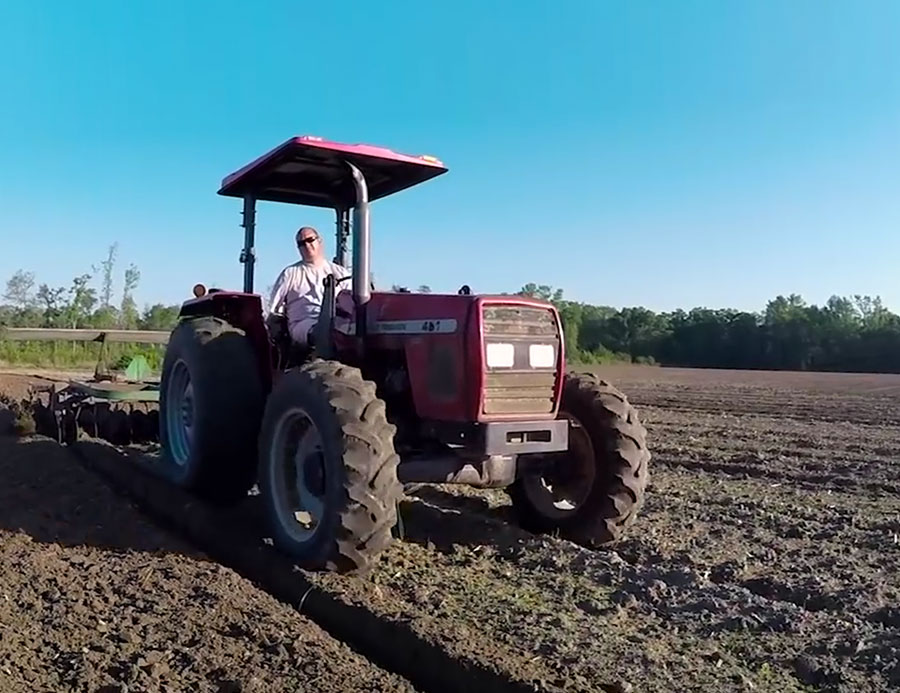
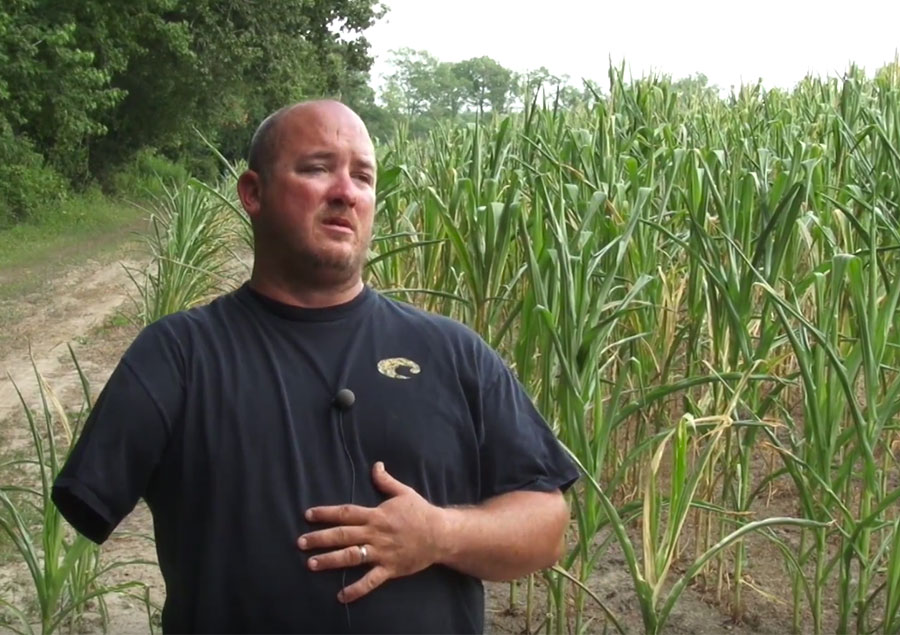
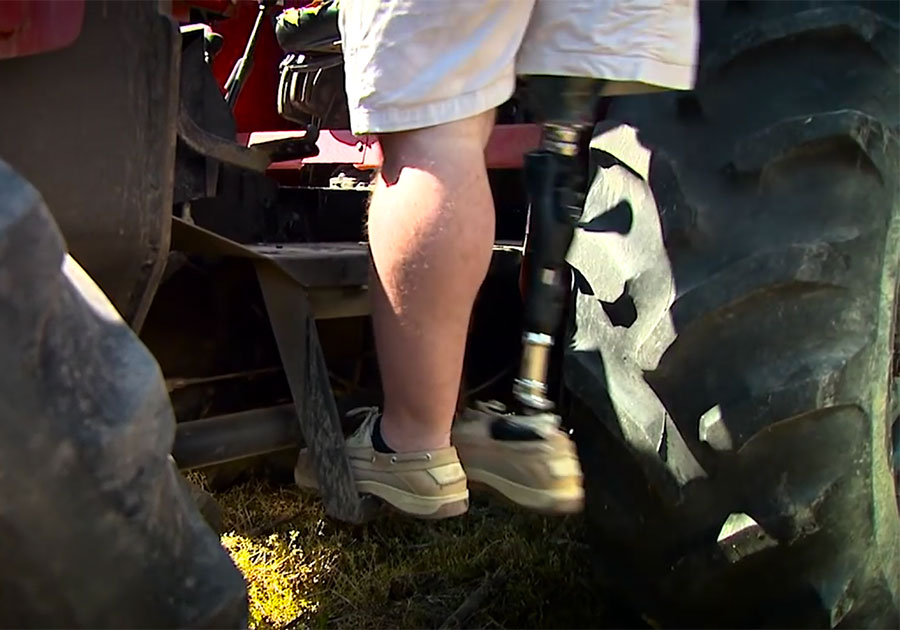
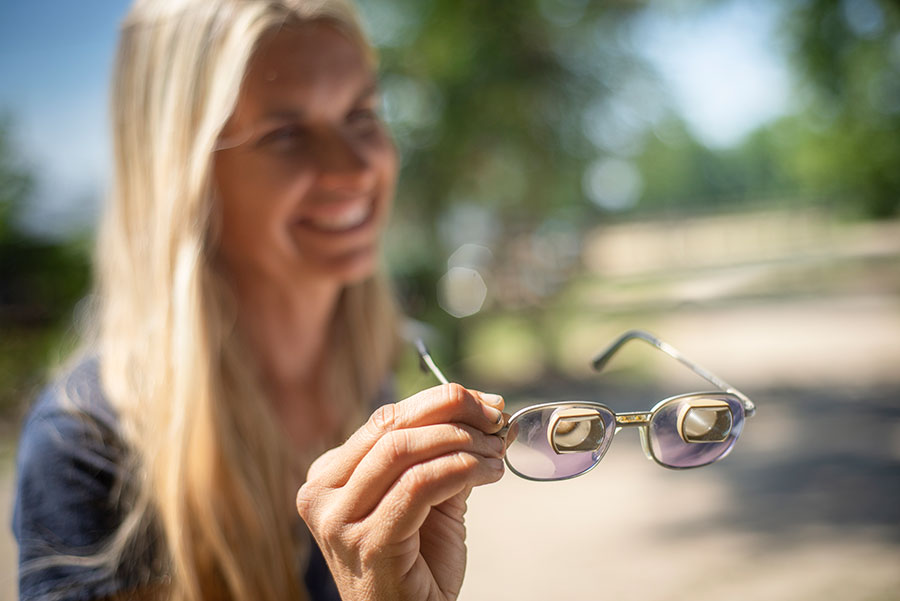
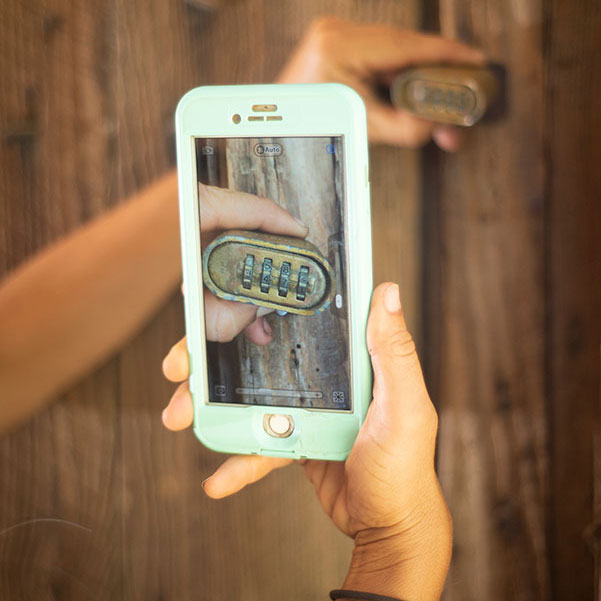
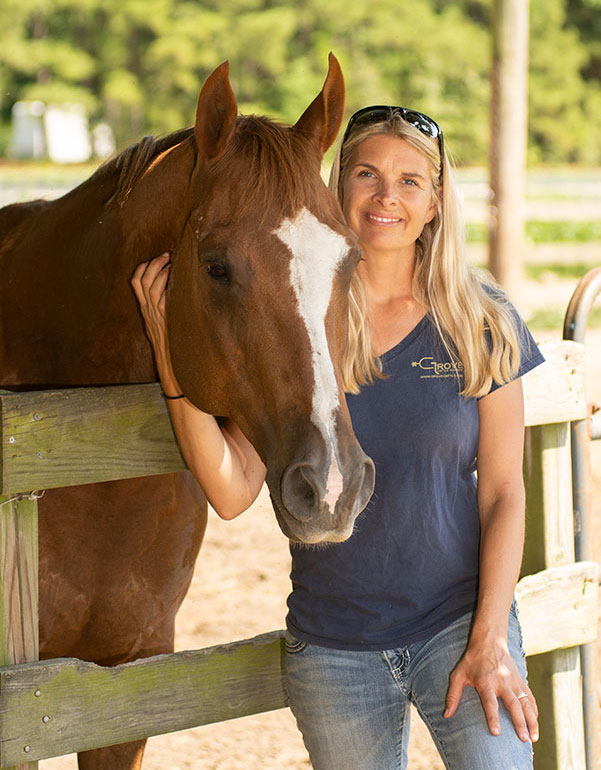
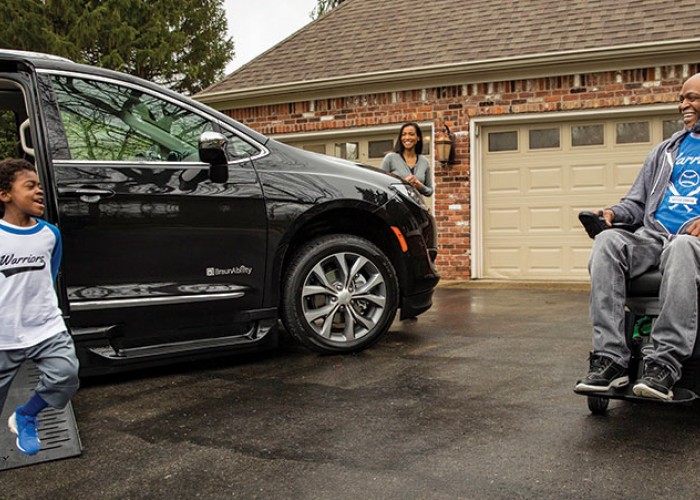
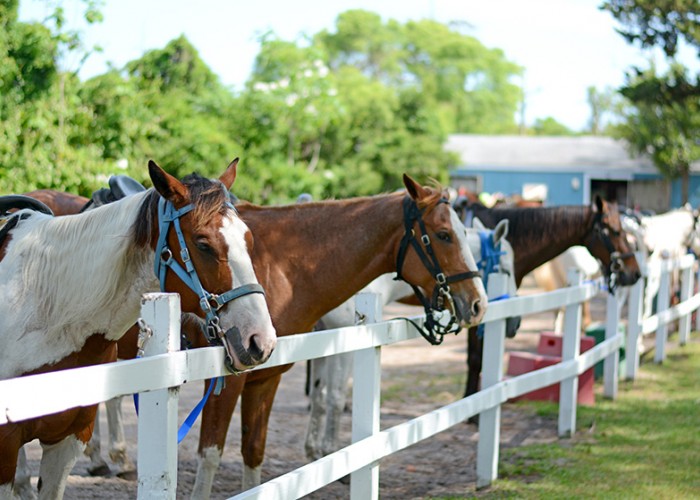
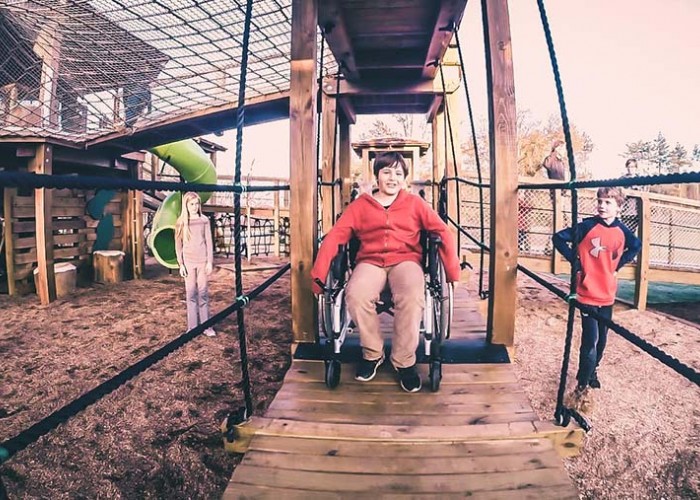


Comments (1)
Sonja Johnson |
October 04, 2018 |
reply